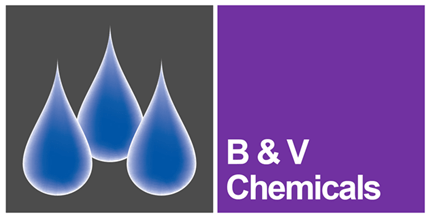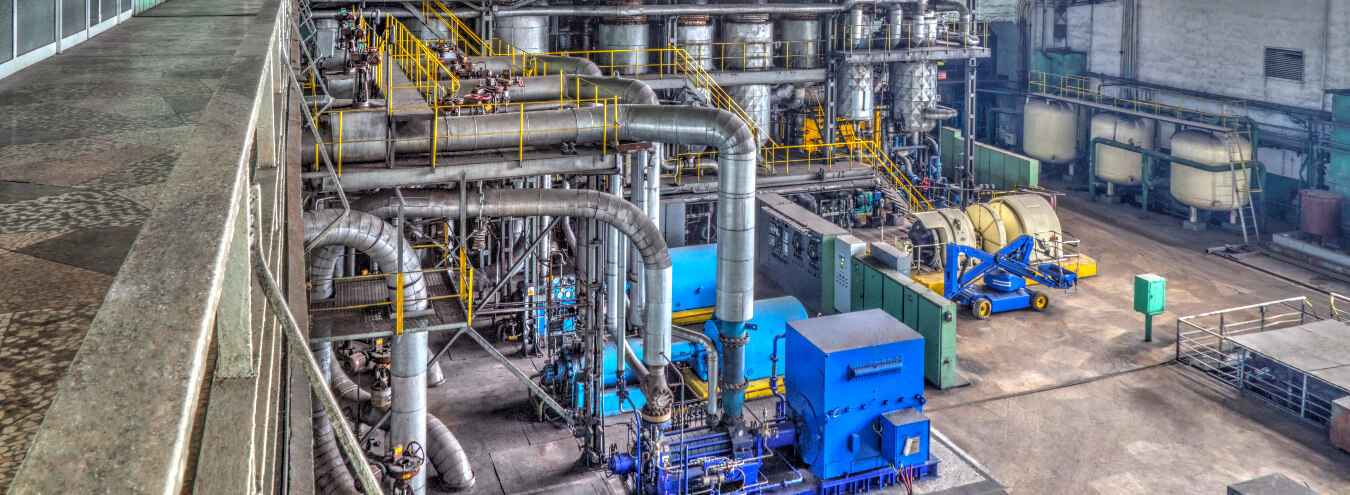Contrary to what you might expect, new or repaired boilers often need cleaning before use. The internal surfaces can contain deposits from the manufacturing process, including oil, grease and/or a protective coating – especially from tube rolling or expansion techniques.
In this blog post, we discuss how an alkaline boil out can be used to remove these contaminants and why C32SPC is recommended for the process.
Alkaline boil out
Oil films may be used to coat the interior of a boiler to avoid corrosion during storage or transport. Tubes can be covered with lubricating grease when they are rolled in the shell and cutting oils, cleaners and rust inhibitors are also used during manufacture.
It is important that these deposits are removed from the heating surfaces since this contamination will lower the heat transfer rate and possibly cause overheating of pressure vessel metal. These deposits can generally be removed by an alkaline boil out.
The condition of the boiler prior to commencement of operation can vary. It is therefore essential that the boiler is inspected prior to carrying out any pre-operational processes. An initial flush to remove any loose debris may be required.
Before boil out procedures can begin, the boiler should be ready for firing. The operating conditions of all auxiliary equipment and instrumentation should be formally checked and the necessary pressure test successfully completed.
Use of C32SPC
For clean and passivation of a new steam boiler plant we recommend our C32SPC product.
C32SPC contains sodium hydroxide, a low foaming amphoteric surfactant to aid soil penetration, as well as polymers, phosphonate and chelants to aid the removal of particulates and inorganic deposits.
Use of C32SPC during an alkaline boil out procedure ensures a clean system for start-up and contributes to efficient boiler operation.
C32SPC is dosed at 0.5% - 1.0%. This product must only be added to the boiler when it is half full, then fill. The product should never be added to an empty boiler.
In most cases, an alkaline boil out only is sufficient and will successfully remove grease, oil, mill-scale and very light loose rust deposits. Should the boiler be stored again, it must be re-inspected before being put back into service. A typical alkali boil out can take up to 48 hours depending on conditions.
After the pre-commission cleaning process, the boiler should be left full with the recommended water and initial treatment levels.
Should a boiler already in service become contaminated by oils, grease or any other saponifiable materials then C32SPC may also be used.
For further information please contact ownlabel@bvwater.co.uk
Discover more blogs posts in our steam boiler series below:





